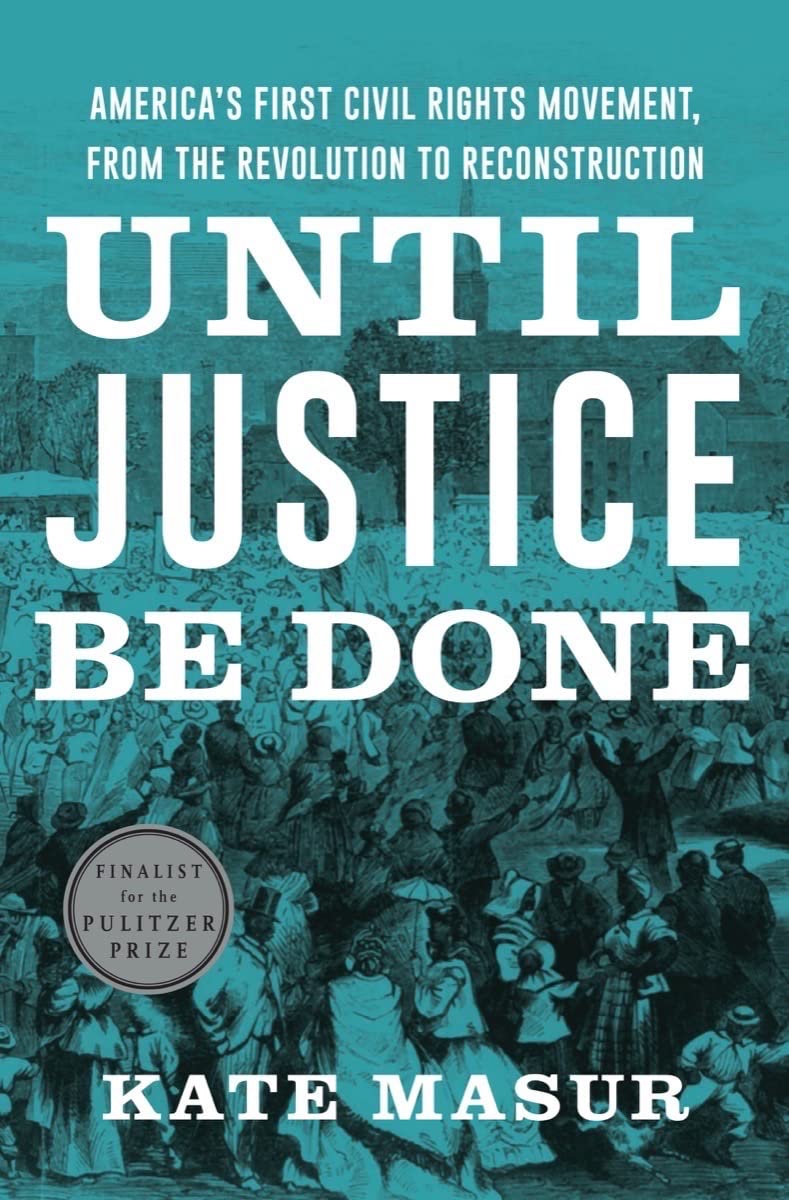Ohio’s political founders began the business of lawmaking in the summer of 1795, even before the Treaty of Greenville was approved. Establishing regulations for migration and settlement, officials drew heavily on a revamped poor law that Pennsylvania had adopted in 1771, which was in turn modeled on English traditions. Like its many antecedents, Ohio’s territorial poor law provided rules for establishing legal settlement. As elsewhere, men with resources were the most privileged: if they moved into an Ohio township and bought real estate or paid substantial rent, they were considered legally settled after one year of residence. Men with fewer resources could gain settlement if they paid local taxes without incident for two consecutive years or, if they were servants or apprentices, after working for someone else for one year. Indentured servants were subjected to additional constraints. Married women were in a category of their own; upon marriage, a woman’s place of settlement became that of her husband. Every township had a three-man board of overseers of the poor that was authorized to levy taxes to support poor relief, hold elections for township offices, and visit and evaluate people who might not be self-supporting. The overseers of the poor made decisions about who was considered to be legally settled in the community, who was entitled to receive public aid if needy, and who had no real right to be there and could be removed, particularly if they became needy or threatening.
The 1795 Ohio poor law did not target people of African descent for special regulation, and the state’s first constitution, adopted in 1803, also largely rejected racial distinctions. The state constitution declared slavery illegal and explicitly banned the kind of long-term indentures that white people sought when hoping to continue holding slaves despite the Northwest Ordinance’s ban. Its enumeration of individual rights began with familiar language about human equality: “That all men are born equally free and independent, and have certain natural, inherent and unalienable rights.” Still, the constitution did not distribute political privileges equally. Voting rights were restricted to white men only, a provision that prevailed in the convention by just one vote.
Ohio was the first state carved from the Northwest Territory, but it was developing in relation to its neighbor Virginia, with which it shared a long boundary defined by the Ohio River. The Northwest Ordinance’s ban on slavery gave the river extraordinary significance as a border between slavery and freedom. The American Revolution temporarily weakened slavery in Virginia. When the war was over, however, the Virginia General Assembly moved to curtail manumissions, and the reactionary impulse intensified in the 1790s amid fears of a growing free Black population and slave rebellions in Saint-Domingue and at home. The state government increasingly sought to monitor the movement of free Black people, worried they might foment unrest among the enslaved. In 1793 it passed a law that required all free African Americans to register with town or county clerks who would record their names, sex, color, and age, and issue them certificates showing their status. That same year, Virginia lawmakers banned free people of color from moving into the state, a policy that other slave states soon emulated.
